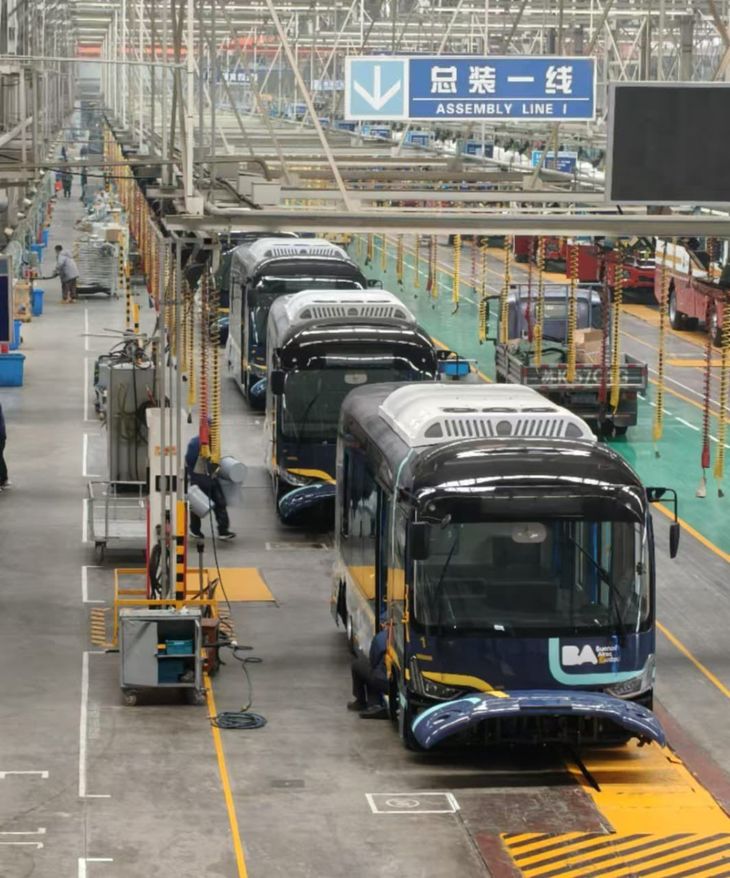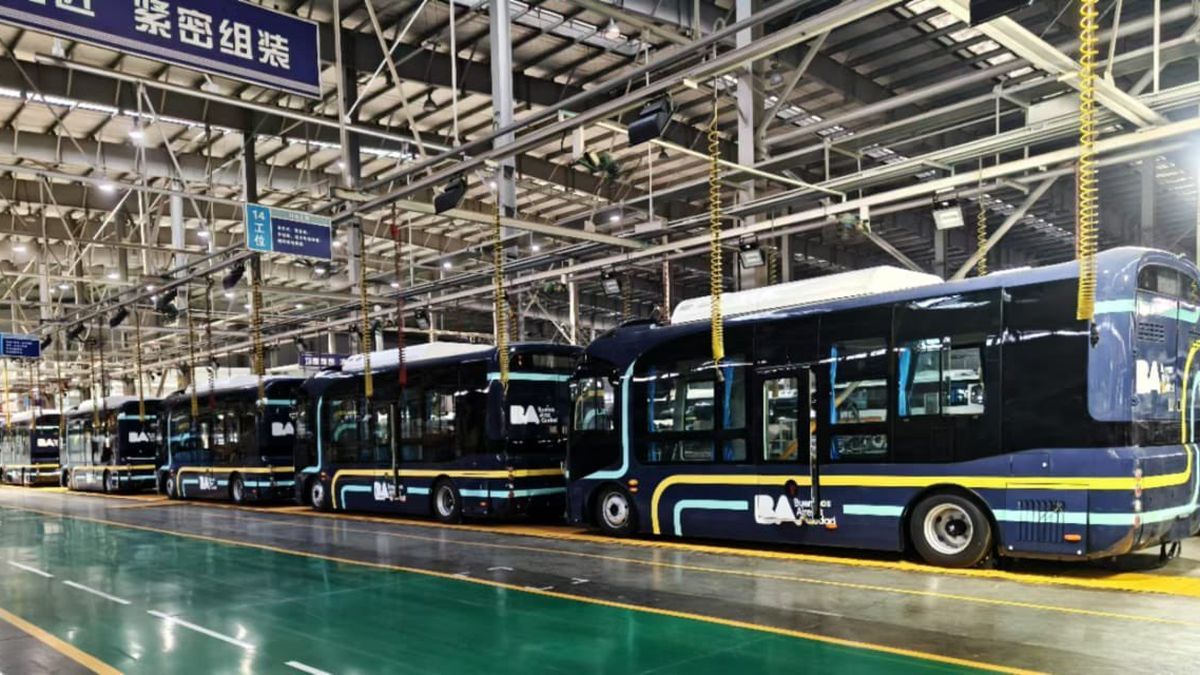Within the framework of the modernization plan for bus lines, the Government of the City of Buenos Aires announced last year the purchase of electric buses in a commitment to sustainability. This Thursday, the Minister of Infrastructure, Pablo Bereciartua, He announced details of the units and specified the route they will have.
After the transfer of the 31 lines from the orbit of the Nation to the City, the head of Government Jorge Macri presented at the end of November the plan to modernize the buses operated by private companies in Buenos Aires territory. The initiative aims to reduce the antique of the units, optimize routes and incorporate greater security.
In this context, the mayor also announced that electric buses will begin to circulate this year and will be intended for punctual tours, linked to areas historical and tourist. “In tune with what is being done in the world and where our city still has a significant debt, we are going to implement 100% electric buses on the new line that we are implementing from Plaza San Martín to Parque Lezamaprobably later that service will extend to the mouth,” Macri said.
city electric buses 4.jpg
The head of the Infrastructure portfolio commented this Thursday in what state of production the buses are in and what the planned route will be. “There is less and less time left until these electric buses begin to operate. operate in the downtown and the Historic Center of the City of Buenos Aires. These buses are in the final stage of production,” he said in his “X” account.
Bereciartua explained that the units “have 170 km of autonomy and a maximum speed limited to 12 km/h to guarantee safety in pedestrian areas.” In addition, he added that it is “accessible” units since they have a “low floor for people with reduced mobility”.
city electric buses 5.jpg

The route of the electric buses in the downtown area and the Historic Center of the City
Regarding the route, the owner of Infrastructure released a map in which you can see the final route: the units will begin the journey in Retiro and enter the downtown area through the street Maipu, through which they will cross the historic center crossing the avenues Santa Fe, Córdoba, Corrientes, of May, Belgrano until you reach the avenue Brazil, where they will turn left with a final direction to Lezama Park.
The return will be made from Lezama Park by avenue Martín García, Defense and Uspallata towards the street stones to get to the avenue Brazil where it will turn towards Peru. Once there, take the road towards microcentro until Avenida Belgrano, where you will turn left to reach Diagonal Julio Argentino Roca, where it will advance Dark and then reach Piedras. There it will advance until Bartolome Miter, will double up Saint Martin and then set destination until Marcelo T. De Alvear, Arenales and will end in Maipu.
electric buses city.jpg

“The downtown and the Historic Center have a high pedestrian flow and narrow streets. These electric buses will connect strategic points such as Plaza San Martín, Parque Lezama and Retiro, improving mobility without environmental impact“, stated Bereciartua.
With this new form of mobility we move towards a more sustainable, inclusive city with a better quality of life for everyone. Some non-minor details: It has zero polluting emissions, improves the frequency of public service and will be driven by women.
As specified by Scope from Parque Patricios, in a first “pilot” stage the tour will be free. Then a payment will be made normal rate.
city electric buses 3.jpg

The City’s proposal is framed within the “Climate Action Plan 2050” (CAP) of the United Nations (UN) which calls on countries to “reduce emissions through energy transition of transport and distributed generation, the rational and more efficient use of energy, the promotion of the circular economy and intelligent waste management.
The overall goal of the Plan, in relation to the transportation of passengers by automobile, is that by 2050, 100% of the automobile fleet will have zero emissions.
Currently, according to City data, nearly all buses “use diesel fuel, which contributes greenhouse gases, emits other pollutants that affect air quality and generates annoying noises.”
Source: Ambito




